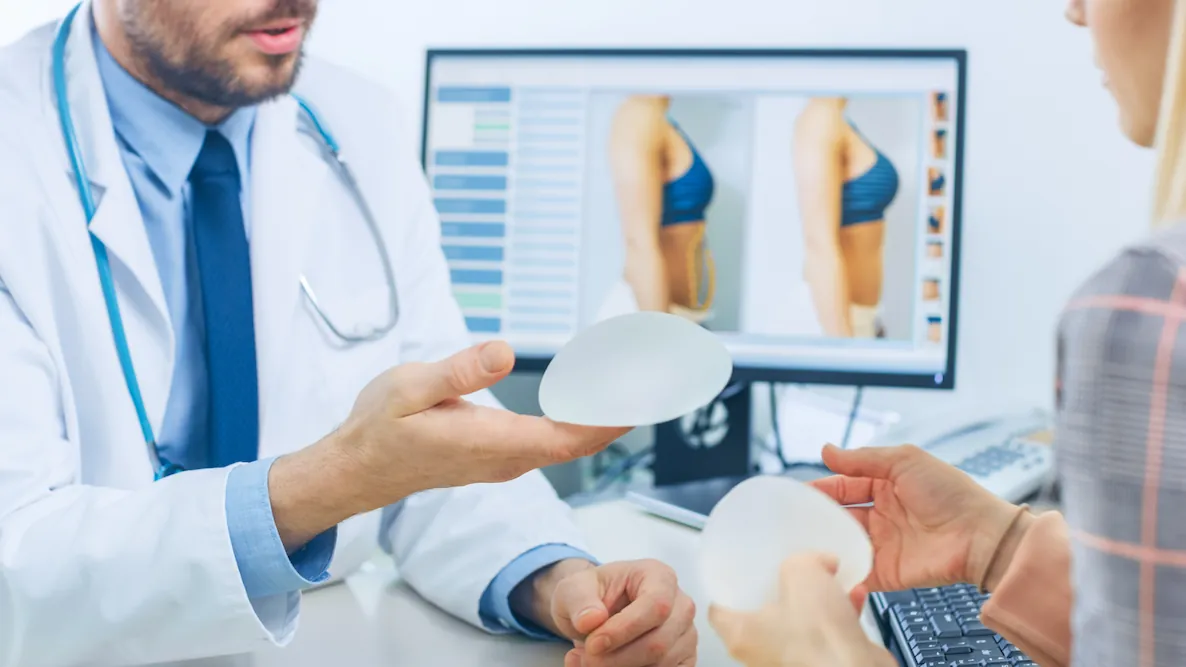 Breast augmentation isn’t as simple as picking a cup size or requesting a specific number of cc’s. Every implant has its shape, projection, and width, and choosing the right one involves more than meets the eye. If you’re considering breast enhancement, understanding how implant dimensions work can help you approach your consultation with clarity and confidence.
Breast augmentation isn’t as simple as picking a cup size or requesting a specific number of cc’s. Every implant has its shape, projection, and width, and choosing the right one involves more than meets the eye. If you’re considering breast enhancement, understanding how implant dimensions work can help you approach your consultation with clarity and confidence. Implant Volume Isn’t the Whole Story
Patients often come into consultations asking for a specific implant size, such as 250 or 350 cc. While volume is certainly important, it doesn’t define how the final result will look. The same volume can appear very differently depending on how it’s distributed, which brings us to two key factors: diameter and projection.Key Breast Implant Dimensions
This refers to the width of the implant, measured across the base, and it plays a significant role in how the breast looks from the front. Ideally, the implant diameter should match or slightly undershoot your natural breast width—we call this the Base Diameter of your breast.1
- Too narrow, and the implant will look out of place or leave a visible gap between the breasts. There’s also a higher chance of the implant flipping over in the pocket, which can distort the shape of the breast and may require revision surgery.
- Too wide, and it can create side spillage or distort the natural breast contours, resulting in a fake or unnatural look.
The profile tells us how far the implant will project outward from the chest wall. Implants are commonly available in low, moderate, full, or high-profile options. Higher profile implants are narrower with more projection, while lower profiles are wider and flatter.
- A high-profile implant provides more forward fullness and a rounder shape.
- A low-profile implant spreads the volume out and adds width rather than depth.
Volume is measured in cubic centimeters and indicates how much space the implant occupies. But again, this number alone doesn’t determine appearance—two 300 cc implants can look completely different depending on their shape and profile.
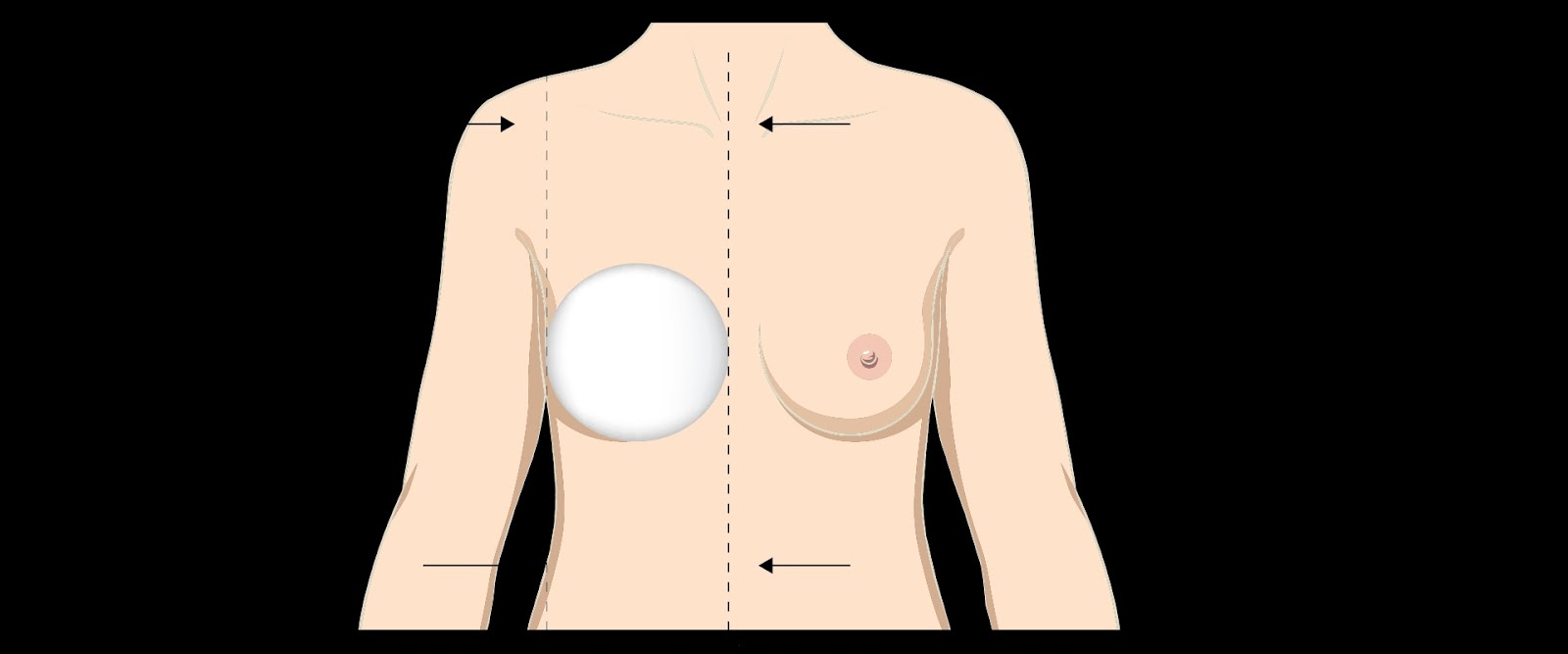
Breast Implant Sizing
In Fig. 1 above, the implant is well-matched to the natural width of the breast. The implant’s diameter (shown by the top set of arrows) is just slightly smaller than the full width of the breast itself (indicated by the bottom arrows), which spans from the inner chest to the outer edge near the underarm. For most patients, selecting an implant with a diameter that closely mirrors their breast width results in a more balanced and natural appearance.
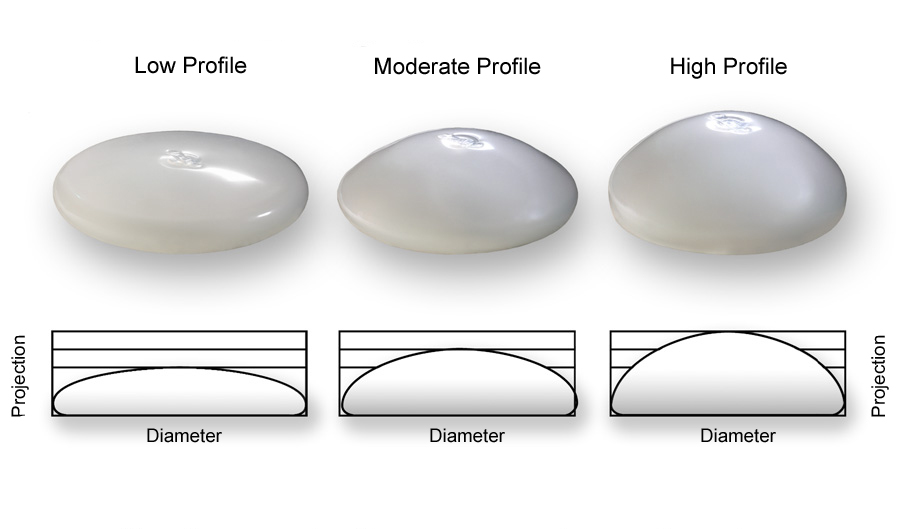
As you can see in Fig. 2, showing the Natrelle™ Matrix line of implants from Allergan above, the base diameter stays consistent across different styles. What changes are the other two critical dimensions: projection and volume. A low-profile implant has the least outward projection and appears flatter, while a high-profile implant offers the most forward projection from the chest wall. Moderate profile implants fall somewhere in between. Because all of these implants share the same width, increasing the projection also increases the overall volume measured in cubic centimeters (cc).
How These Measurements Work Together
To understand why dimensions matter, consider this example: Let’s say a patient with naturally narrow breasts wants a subtle enhancement and requests a 200 cc implant. If that implant has a wide diameter, the volume will be distributed over a broader area, potentially making the breast appear flat. On the other hand, using a narrower, higher-profile implant can concentrate the volume and deliver more noticeable projection and shape, even with the same number of ccs.
Likewise, someone with a broader chest who selects an implant with a smaller diameter than their natural breast base may end up with an unnatural slope or excessive spacing between the breasts. Proper sizing means matching the implant diameter closely to the patient’s thoracic and breast anatomy.2
Fitting Implants to Your Anatomy
To ensure you choose the most appropriate implant, Dr. Cangello performs a detailed evaluation of your chest wall, breast tissue thickness, and skin elasticity to determine the most flattering fit.3 Here’s what’s considered during the consultation:
- Breast width – measured across the base of the breast to determine implant diameter
- Tissue characteristics – including skin elasticity and the thickness of your natural breast tissue
- Aesthetic goals – such as desired fullness, projection, and how natural or enhanced you want to look
- Lifestyle considerations – for example, whether you’re highly active or concerned about long-term changes
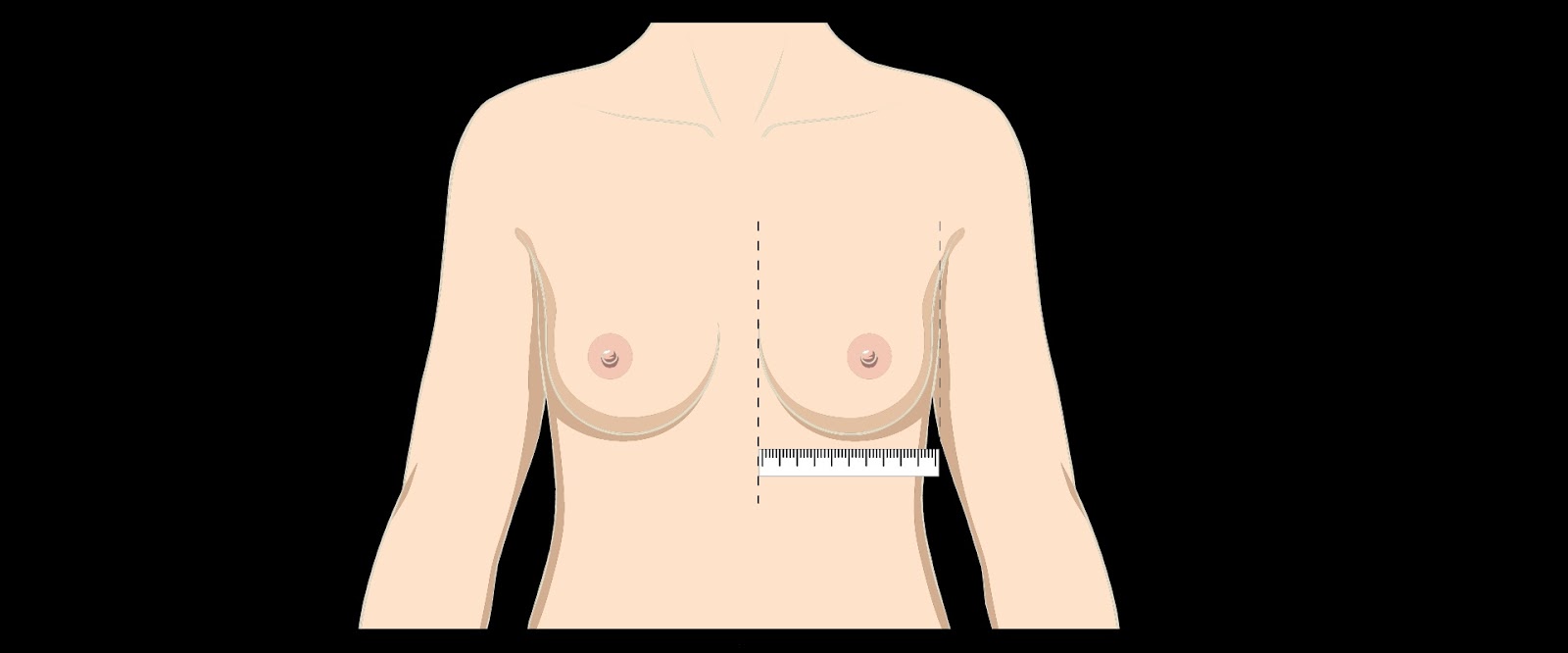
Breast Implant Sizing
A proper fit starts with accurately measuring the width of your natural breast as shown in Fig. 3. This measurement runs in a straight line from the inner edge near the cleavage to the outer edge by the underarm. It’s taken with the tape measure held flat against the chest—not curved around the breast—to reflect the true base width. This width plays a vital role in selecting an implant that matches your anatomy and maintains natural-looking proportions.
What About “Trying On” Implants?
While bra-based try-ons or stuffing a sports bra at home can offer a starting point, these methods don’t account for how an implant behaves inside the body. That’s why Dr. Cangello uses detailed measurements and, in some cases, intraoperative sizers—temporary implants placed during surgery to determine which final implant creates the most balanced, natural result.
Why Implant Fit Matters
When an implant doesn’t match your natural breast dimensions, the results can look unbalanced or unnatural, as shown in Fig. 4, below. For example, an implant that’s too narrow may fail to enhance cleavage or add fullness to the upper pole of the breast, sometimes resulting in a “bottom-heavy” or deflated look.
On the other hand, an implant that’s too wide can overpower the breast, distorting its natural shape. This is especially important in submuscular placement, where the pocket is anatomically limited by the pectoralis major muscle medially (where it inserts into the sternum) and the anterior axillary line laterally. These boundaries define how much room there is to accommodate the implant—cutting beyond them isn’t possible without compromising stability or aesthetics. When an implant exceeds this space, it can appear as though it’s bulging or “bursting” at the sides. This can lead to a “fake” or obviously implanted look, where the breast appears more like a bump than a natural, gradual slope from the chest wall. Oversized implants may also put pressure on surrounding tissues, increasing the risk of thinning skin and visible rippling over time.
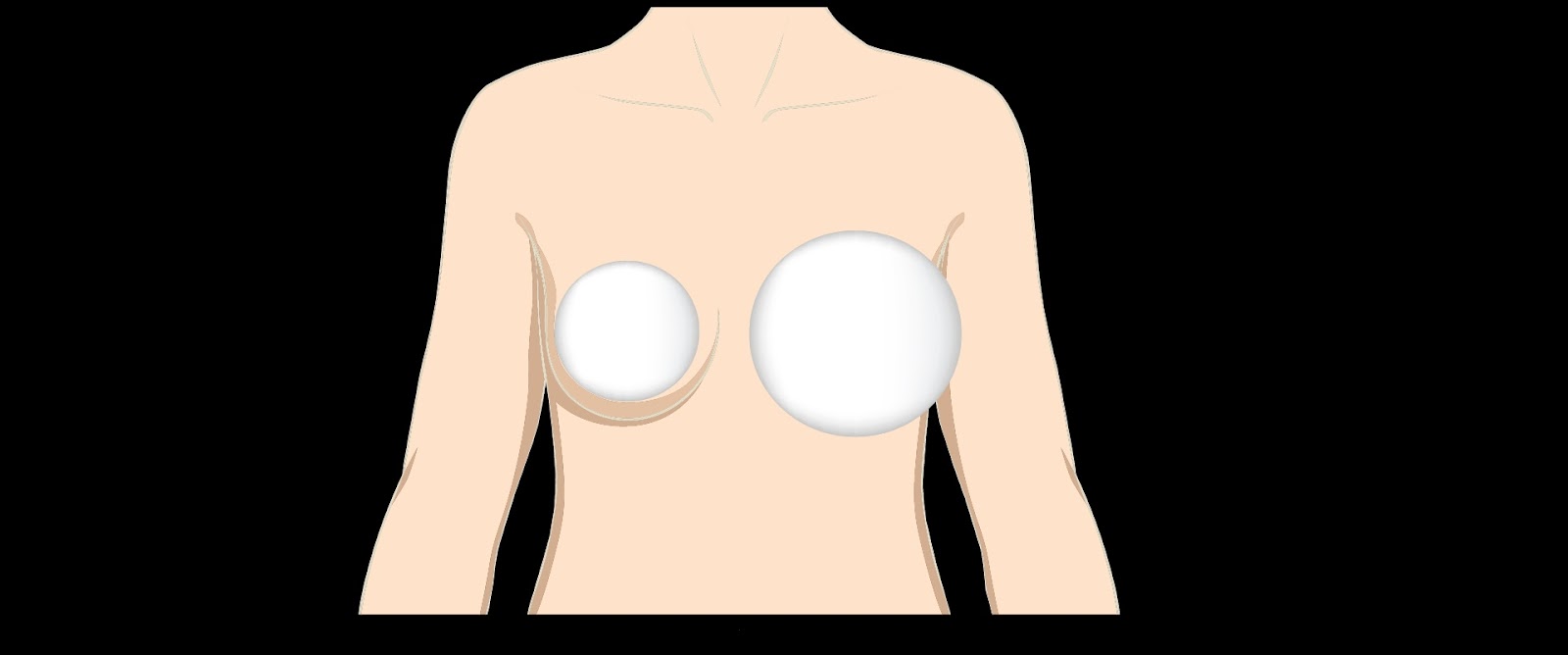
A Note on Implant Brands and Profiles
Each manufacturer has its own naming conventions for profiles. What one brand calls “moderate plus,” another may call “full.” That’s why comparing actual dimensions, not just profile names, is crucial when reviewing implant options. Dr. Cangello uses Mentor and Allergan, trusted FDA-approved implant brands, and walks each patient through the available styles to find the ideal fit.
Shaped vs. Round Implants
Shaped implants—also known as “teardrop” implants—are no longer offered due to safety concerns. These implants require a textured outer shell to prevent rotation within the pocket, but textured implants have been linked to a rare condition known as Breast Implant-Associated Anaplastic Large Cell Lymphoma (BIA-ALCL). For this reason, textured implants have been largely phased out of cosmetic practice.
Even before this shift, Dr. Cangello did not use teardrop implants in his aesthetic practice. Because they have a defined shape, with most of the volume in the lower pole, any rotation can distort the breast’s appearance and often requires revision surgery. More importantly, modern round, smooth, non-cohesive silicone gel implants behave similarly once placed. When a patient is upright, the gel naturally settles into the lower portion of the implant, mimicking the look of a teardrop with less fullness in the upper pole. Studies have shown no consistent aesthetic advantage to shaped implants over round ones when using this type of gel, making round implants the preferred choice for both safety and natural-looking results.
Breast Implant Options
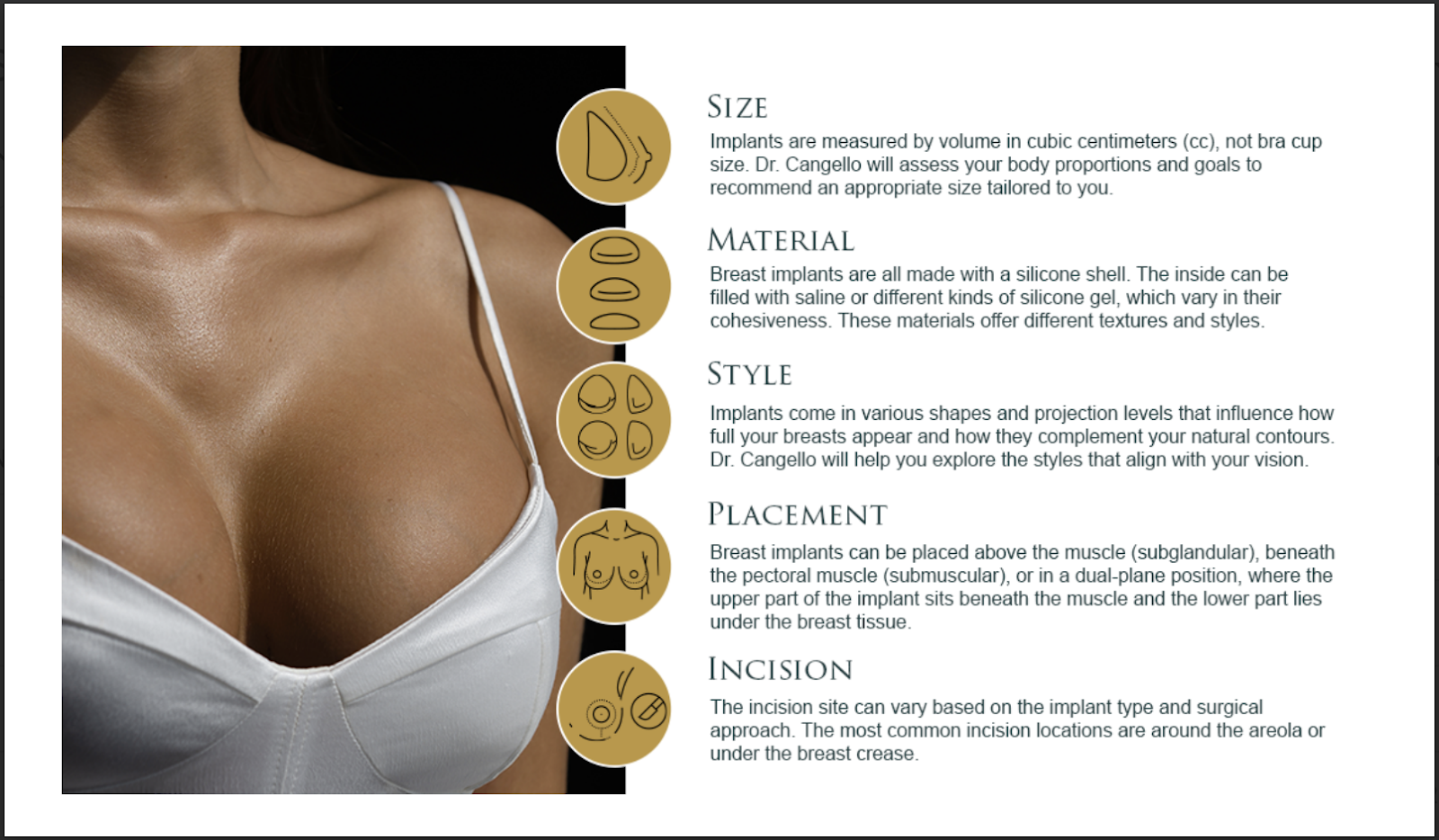
Dr. David Cangello is renowned for his ability to create results that are customized, elegant, and tailored to each patient’s unique body. Choosing implants is not just a science—it’s also an art. By relying on experience and evidence-based measurements, Dr. Cangello helps patients move beyond the number and toward a result that truly fits.

Ready for a Personalized Consultation?
If you’re considering breast augmentation, the best place to start is with a consultation with an experienced board-certified plastic surgeon. Dr. Cangello will walk you through the process, answer your questions, and use precise anatomical analysis to find the right breast implants for you—not just in size, but in feel, appearance, and function. Contact us today to schedule a consultation in New York City.
1 StatPearls. Breast Ptosis. Available: https://www.ncbi.nlm.nih.gov/books/NBK567792/. Accessed May 12, 2025.
2 Chinese Medical Journal. Application of “CD–4” Theory for Determining the Width of Implant in Breast Augmentation. Available: https://www.ncbi.nlm.nih.gov/pmc/articles/PMC4836252/. Accessed May 12, 2025.
3 Gland Surgery. Implant selection in the setting of prepectoral breast reconstruction. Available: https://www.ncbi.nlm.nih.gov/pmc/articles/PMC6378253/. Accessed May 12, 2025.
